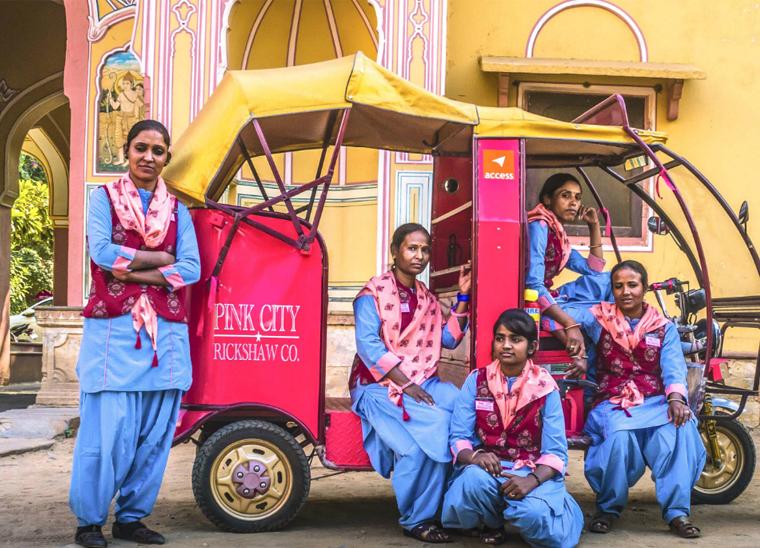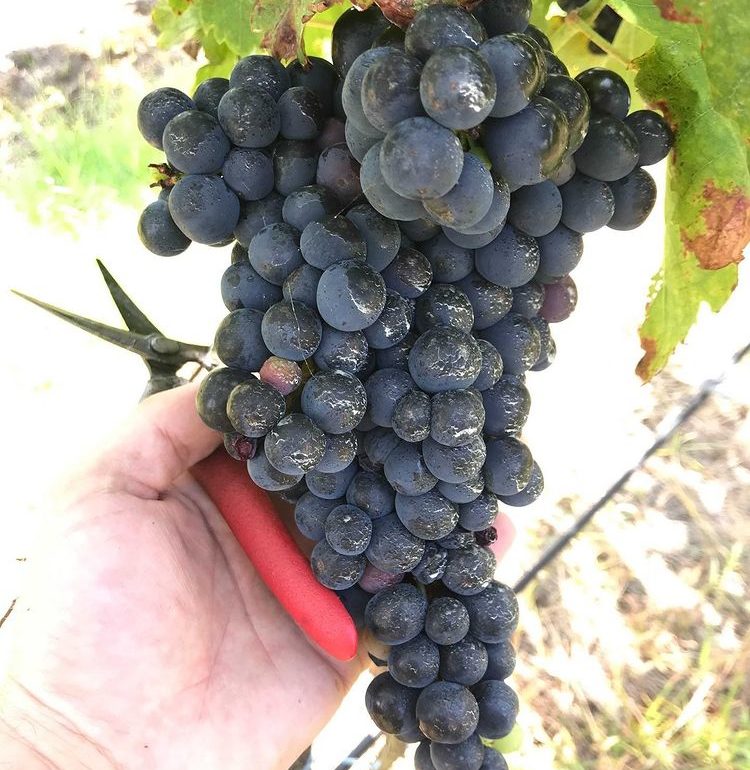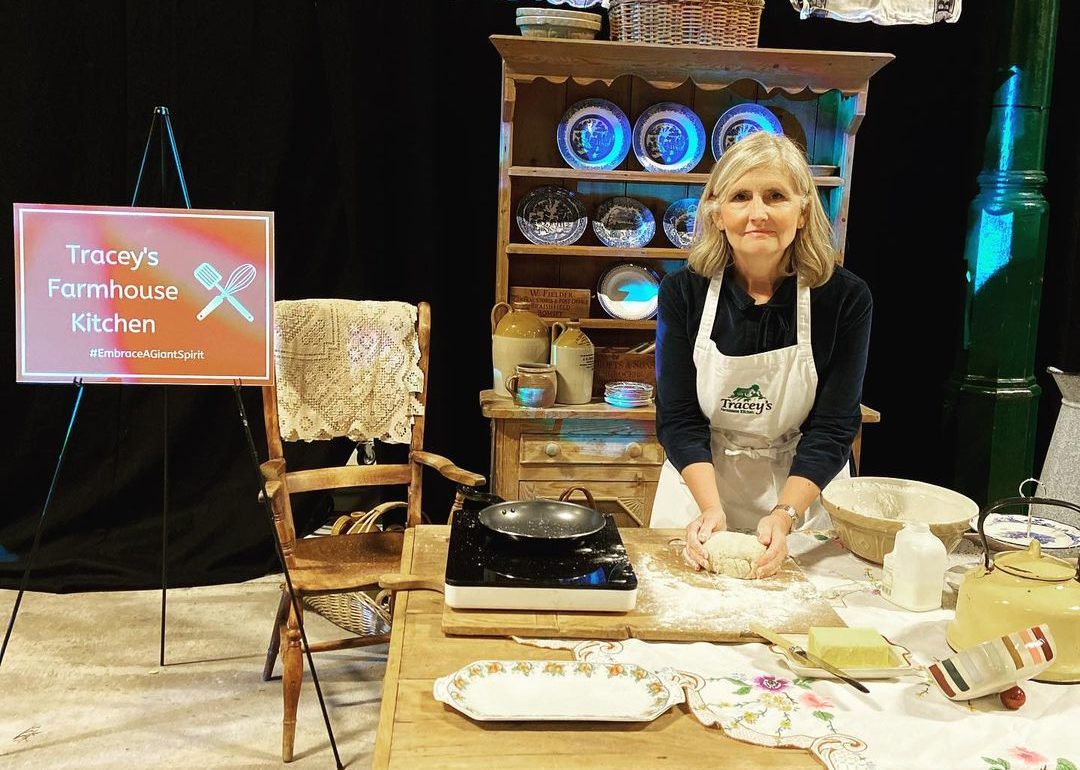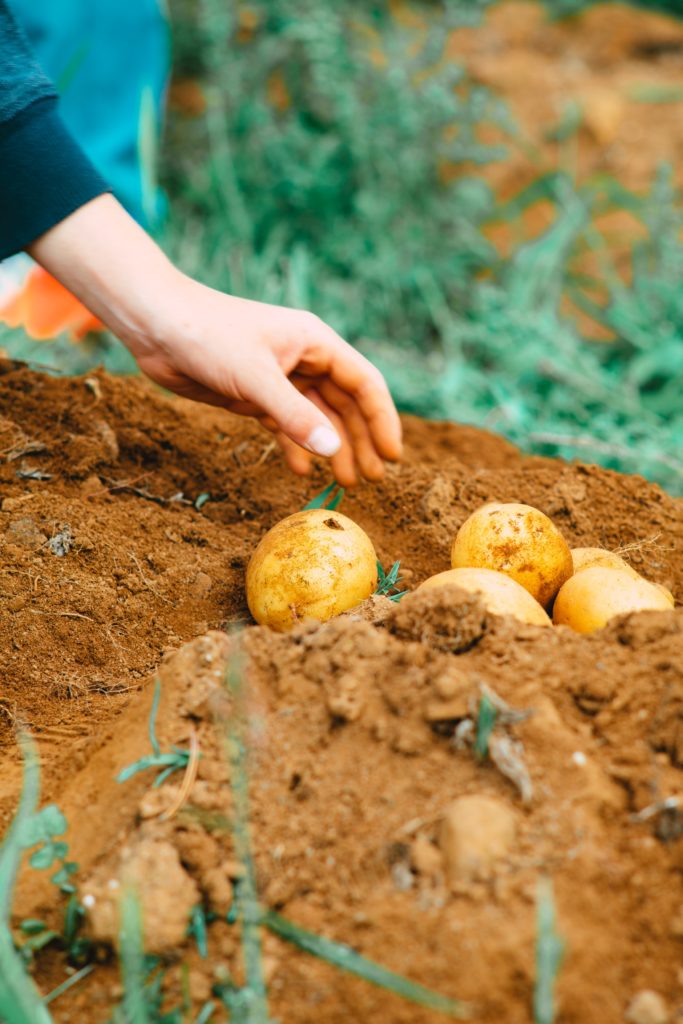In the Rajasthani capital of Jaipur, in India, the colour pink is a part of life. Upon arrival, you’ll see it everywhere – predominantly splashed across the city’s regal architecture. The latest addition to the Pink City’s signature colour scheme are the custom-designed, eco-friendly rickshaws driven by local women for Pink City Rickshaw.
Determining the best Australian grape is a quest many wine lovers are eager to embark on. Our Inspiring Australia journey will find you savoring every sip and acquaint you with different varietals within the Hunter Valley and beyond. After talking with Nick Williams, Cellar Door Manager of Hungerford Hill winery in the Hunter Valley, we’ve learned that the beauty of Australian wine is so much more than one perfect grape.
Related Content: What to look for in a top-quality Pinot Noir, by wine expert Courtney Kingston
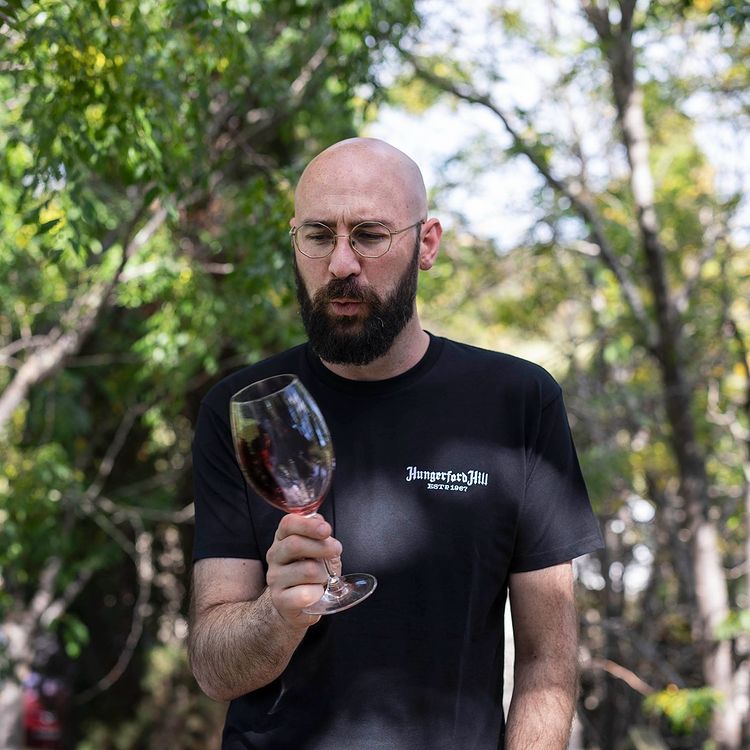
@hungerfordhill
The Hunter Valley’s Australian grape
The Hunter Valley, just a few hours’ drive from Sydney, is the oldest wine region in Australia. For almost 200 hundred years this warm climate wine region has been producing top Shiraz and Semillon enjoyed all over the world. In particular, the Hunter Valley boasts an aged Semillon and a medium bodied, earthy Australian Shiraz. What makes the Hunter so special? Nick explains, “You’ve got multiple generations working across multiple wineries over the years, sharing their knowledge travelling around the country and the world and then bringing that knowledge, that skill and those initiatives back into a wine region.”
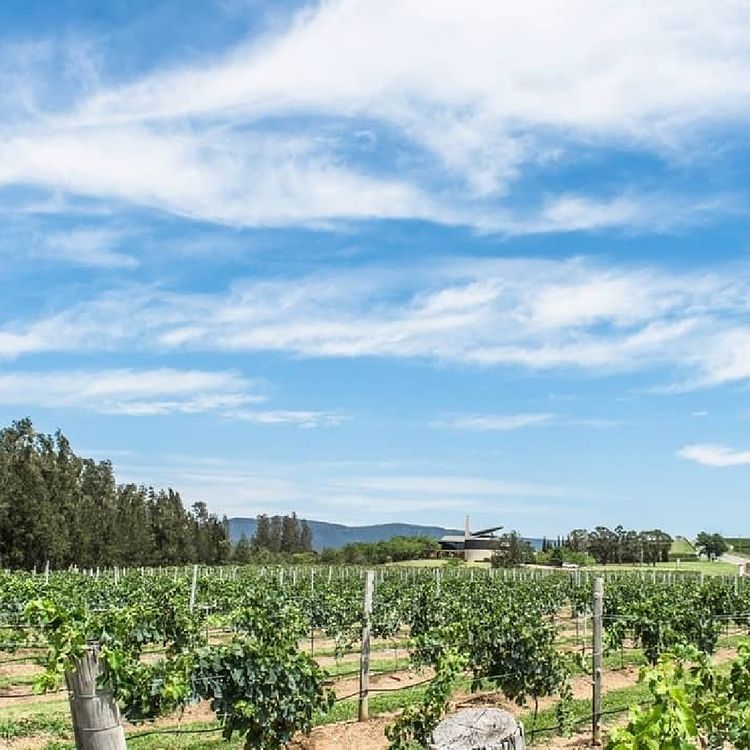
@hungerfordhill
The future of the Hunter Valley
With such a rich history, wine enthusiasts can’t help but wonder what’s next for the Hunter. “The Hunter Valley really is a region that is caught between traditional values and constantly innovating and redeveloping itself, Nick comments. “Everyone’s ready to give something a go in the Hunter but you always have to look at where you’ve come from.” From where and how vines are planted—such as planting vines higher off the ground—to new techniques to increase yield, there’s no shortage of experimentation.
Climate change also requires adaptation. “The rise of alternative varietals and seeing different growers trying to push what they can grow…We need to look at what we can swap around, taking out some clones of Shiraz and putting in Tempranillo,” Nicks says. “Everyone’s doing something a little bit different. We currently have on tasting two different sorts of the same fruit from the same block. One is very sweet and the other is quite dry. It’s almost bone dry. They were only picked a few hours apart but it’s the natural residual sugar in them just makes them pop.” In fact, Hungerford Hill has something for everyone.
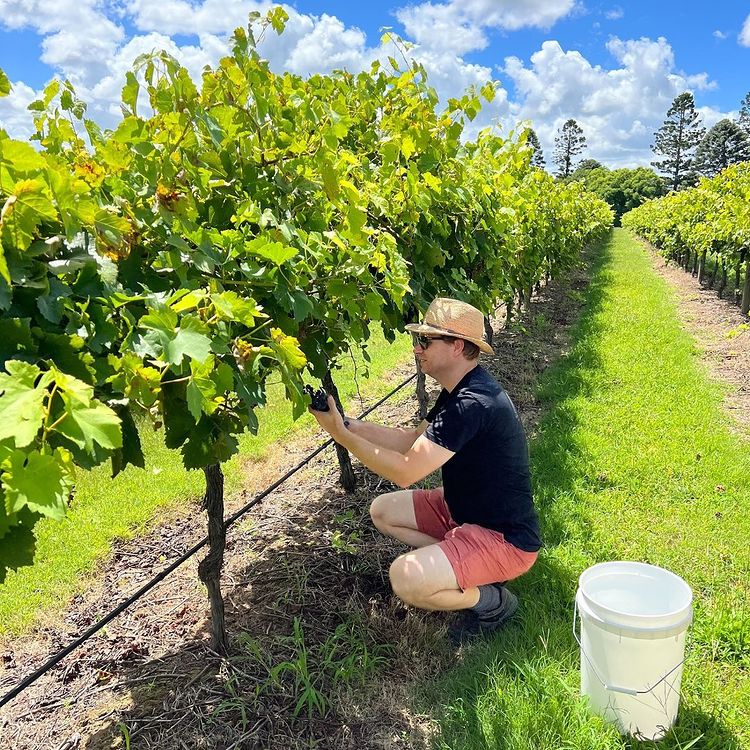
@hungerfordhill
Hungerford Hill
This Australian winery is in a unique position to offer a breadth of varietals while embracing the grapes that the Hunter Valley is known for. “What we do at Hungerford Hill and what a lot of other but not all wineries in the Hunter are doing now is giving you a sample of what Australian wine can be…We are very fortunate in the Hunter Valley, where we are at Hungerford, to have a lot of different varietals but also to have a fairly broad wine philosophy: We make wine for people.” This philosophy embraces the ideology that wine is meant to be drunk. “It’s not to hide away it’s not to just give us a gift. It’s to crack open to pour a glass and to share with your friends your family your loved ones.”
Most of Hungerford Hill’s wines are from the Hunter Valley, but they also bring in fruit from Tumbarumba, the snowy mountain region in the south of New South Wales, and the hilltops region in the middle of New South Wales. Bringing in grapes from wine regions differing in climate and soil offers guests the opportunity to find the best Australian grapes that they like.
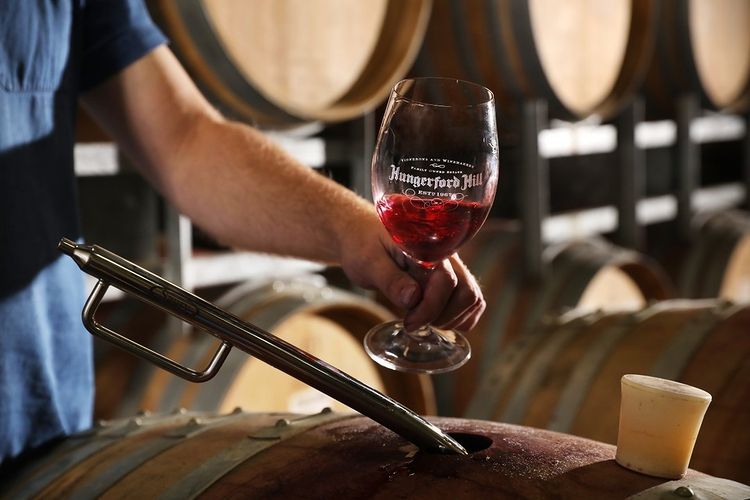
@hungerfordhill
Food and wine tasting
During your visit to Hungerford Hill you’ll enjoy an Epic Tasting Experience. You’ll explore how food and wine interact as you try six different wines paired with small plates from their onsite Muse Restaurant. While these specifically tailored pairings change seasonally, Nick shares a few favorites. You might try the classic pairing of the lemony notes of Semillon with seafood or Sangiovese and duck. Or, enjoy the winery’s full-bodied EPIC Shiraz paired with a sausage roll made with Wagyu Beef. With Hungerford Hill’s focus on the guests, your tasting will find you sampling some of the 40 wines that are open each day.
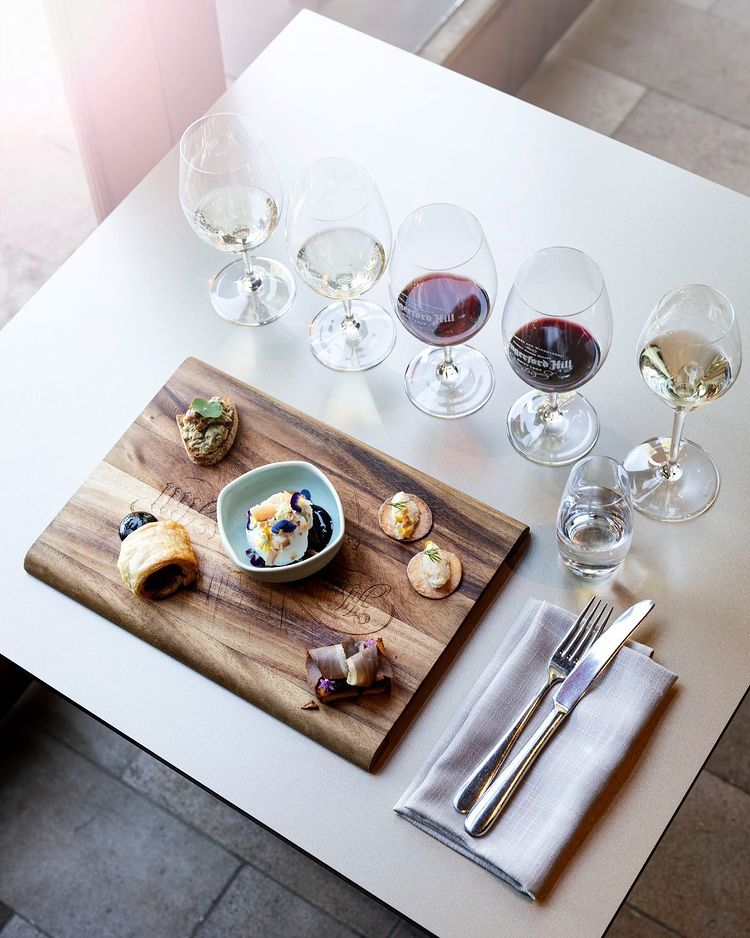
@hungerfordhill
Try something new
Nick recognizes that wine drinkers have different tastes, and not just in varietals. “Sometimes you just need your security blanket of wine and then sometimes you might want to try and have a compromise wine with a friend.” He’s eager to give you freedom to stick with your favorite Australian grape as well as explore what Hungerford Hill has to offer on your tasting journey, from the Hunter Valley and beyond.
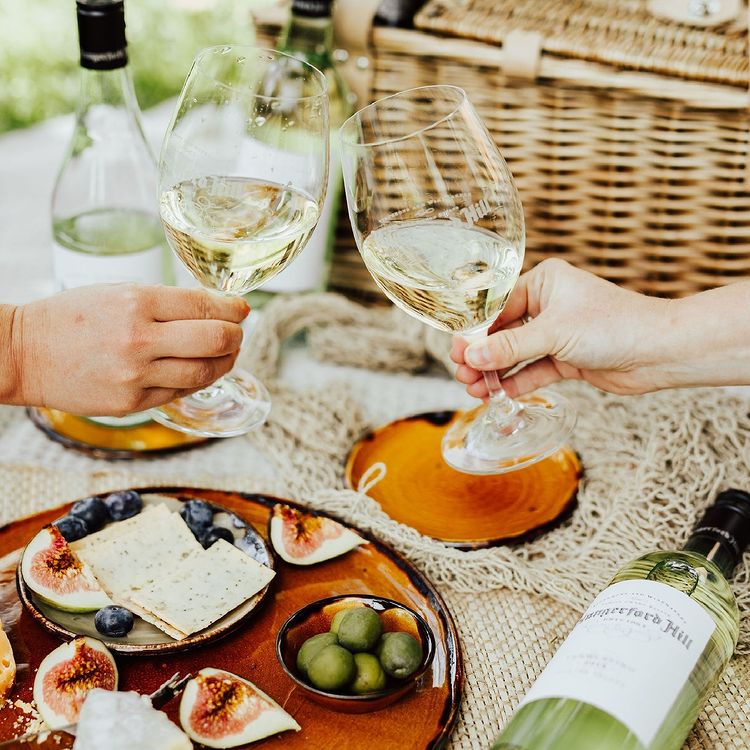
@hungerfordhill
The perfect Australian grape
In short, what makes the perfect Australian grape? “The perfect Australian grape makes a wine that someone wants to drink.” Nick says. “It’s not something that you look at. It’s something which is fit for purpose, something which calls out to you, or calls out to the winemaker, which then transcends into the bottle.”

@hungerfordhill
Eating what’s in season celebrates the best of what’s fresh as well as benefits your health and the environment. What is seasonal eating? One of our Luxury Gold hosts who’s happy to answer that question and who lives, breathes—and cooks—this philosophy is Tracey of Tracey’s Farmhouse. We’d like to introduce you to Tracey and the warm, home-hosted meal and MAKE TRAVEL MATTER® Experience you can expect in her cottage on our Ultimate Ireland tour. As we celebrated World Food Day on October 16th, a chat with Tracey highlights why eating what’s in season is so important.
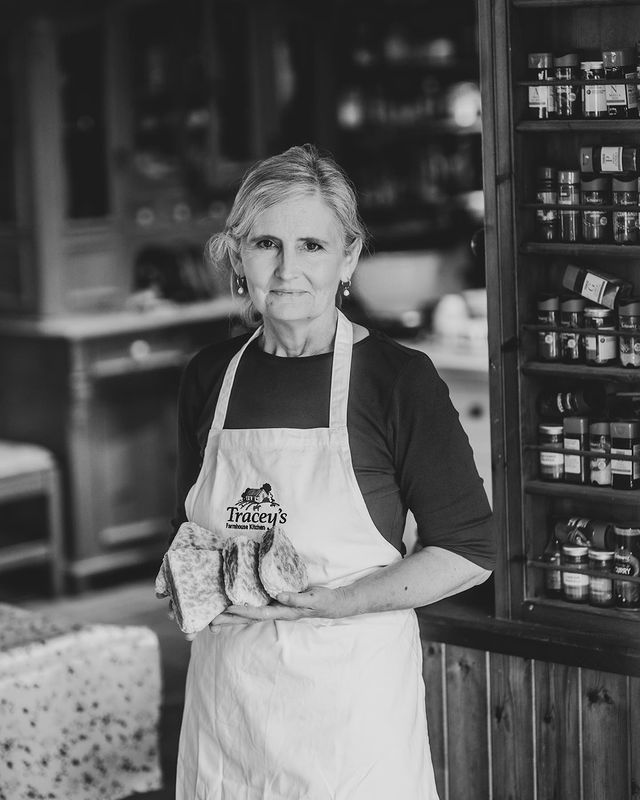
@traceysfarmhousekitchen
The experience
In Northern Ireland’s Strangford Lough just a half hour from Belfast, you can find Tracey stepping out of her 17th Century thatched cottage on the water’s edge to greet arriving guests. With an easy smile and the aim to “make the guests feel as much at home as I can,” Tracey extends a heartfelt welcome. Once inside Tracey’s cozy home, guests sit down to coffee, tea and Soda Bannock freshly baked.
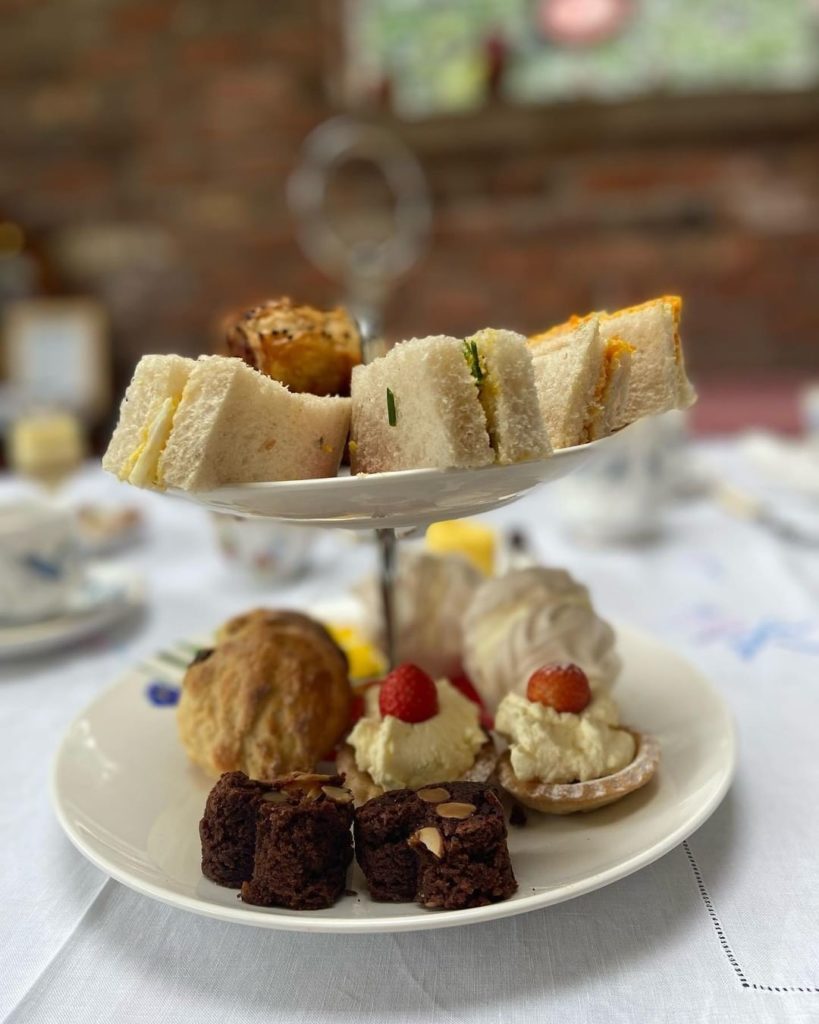
@traceysfarmhousekitchen
After settling in, Tracey offers a 15–20-minute demonstration of how to make traditional Irish soda bread. With just two ingredients—buttermilk and flour—that aren’t weighed or measured, Tracey’s recipe is a testament to how a few fresh, local ingredients are all you need for a delicious dish. One or two guests lend a hand as Tracey cooks the bread on the griddle. Guests can also get involved in making lunch before the meal is shared. The fresh-off-the griddle bread is topped with butter “from a little farm down the road” that was even used for Harry and Megan’s wedding. Paired with the best of what’s in season, a meal at Tracey’s Farmhouse is a congenial feast celebrating the best of what’s good right here, right now.

@traceysfarmhousekitchen
What guests love about it
Beyond the fresh baked bread, local butter and hearty meal, Tracey comments that guests say, “we feel we’ve shared your home with you.” The family atmosphere is what makes the experience and what Tracey deliberately weaves into the visit. She takes guests down to her garden and gives them the opportunity to pick eggs and help with the hens. “They love the interaction with the animals,” she notes. A visit to Tracey’s Farmhouse is the type of authentic travel experience guests seek out but can be hard to find. Tracey provides this experience—while supporting seasonal eating.

@traceysfarmhousekitchen
Why Tracey cooks and eats seasonally
Why is eating what’s in season important? “The taste alone,” Tracey explains. “When you eat broccoli and cauliflower that hasn’t been flown in, the ingredients sing for themselves. They don’t need a sauce or a sprinkling of herbs.” From garden vegetables to that delicious butter from down the road, Tracey says, “I try to work with what I have and … base my menu around what’s available.” Eating what’s in season also supports the local producers, shops and the environment. “Because it’s seasonal then those foods are locally obtained” and “you’re cutting out travel.”
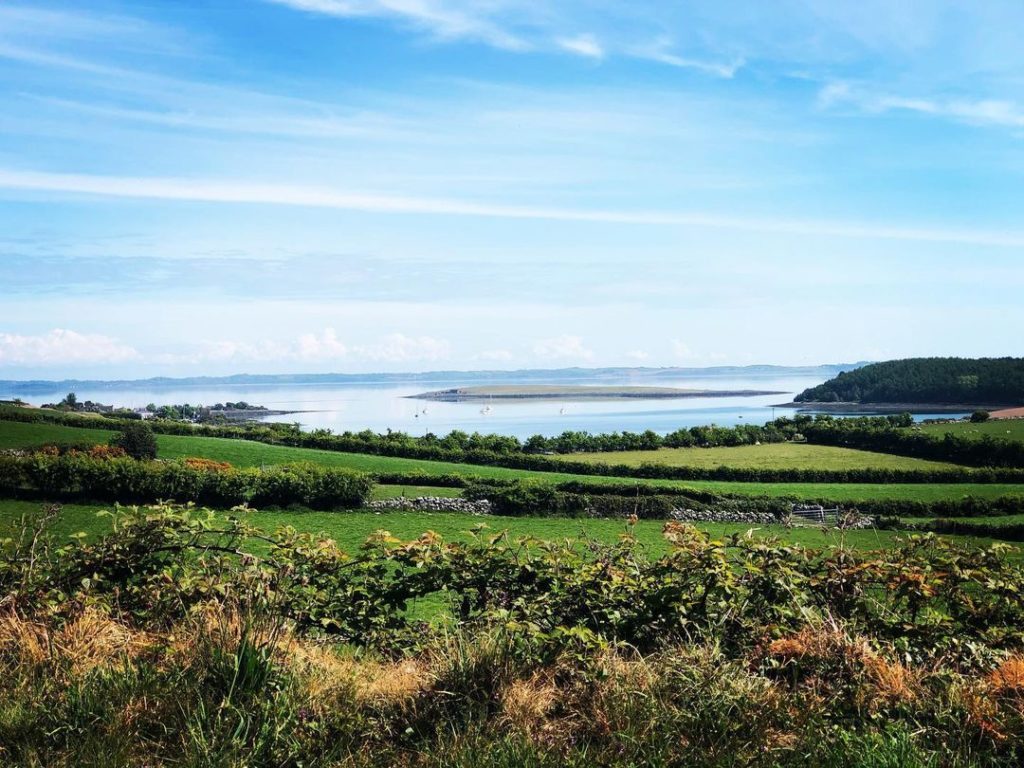
@traceysfarmhousekitchen
Why eating seasonally is better for your health
Those locally obtained foods do a lot for our health, too. Foods that require travel to get to their destination often need additives or processing. When you’re eating seasonally, “you don’t have all the preservatives or additives,” Tracey points out. Tracey’s two-ingredient Irish soda bread is a perfect example. Because of the fresh, local ingredients and absence of preservatives, it may only be good for two days. But those two days of enhanced fresh flavors are worth her while. In fact, from tarts and cakes to soups and salads, Tracey’s always cooking up something for herself and her guests.
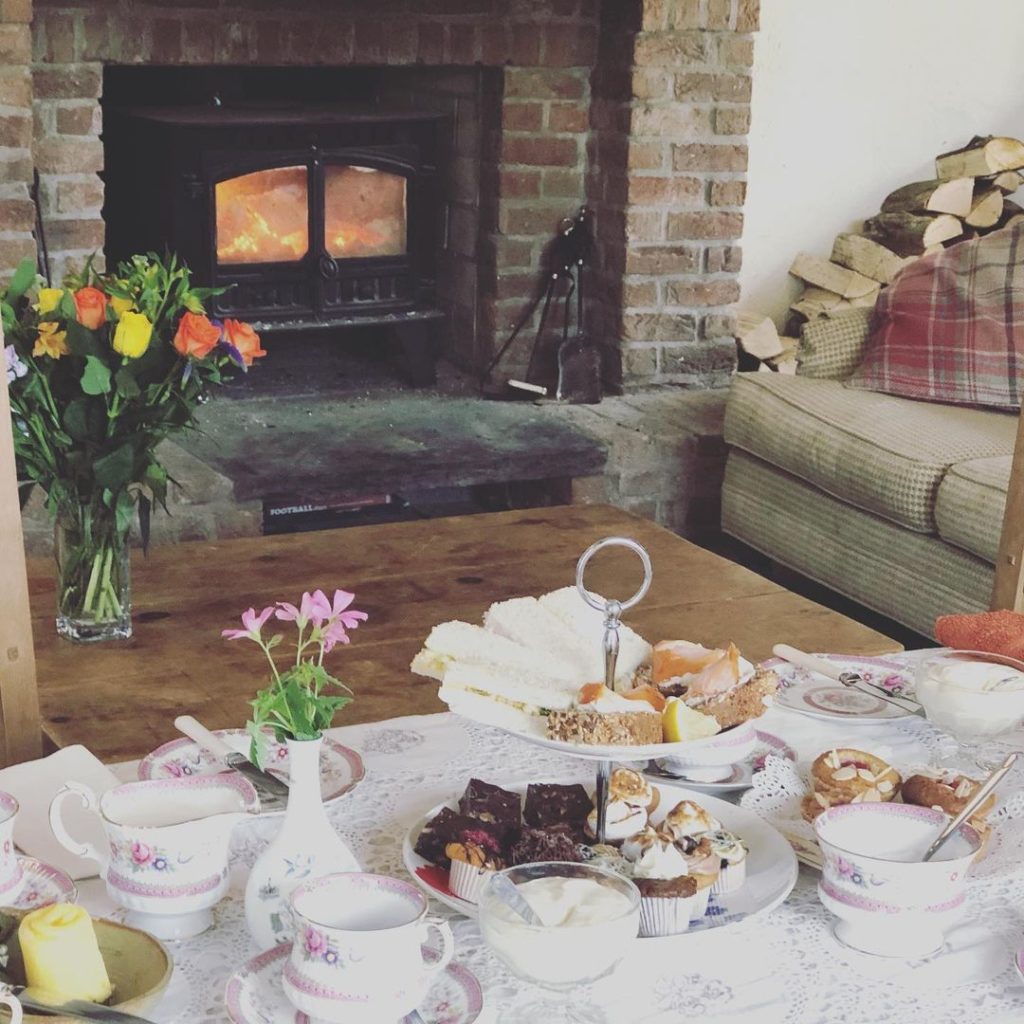
@traceysfarmhousekitchen
What Tracey’s eating now
So, of course we had to ask Tracey what’s in season now. At the time of this conversation, an abundance of blackberries and black currents are keeping Tracey busy whipping up pies, tarts, crumbles and cakes of all kinds. For lunch and dinner fare, a bowl of homemade soup using vegetables from the garden accompanied by homemade bread is just right. Our mouths watering, we asked Tracey what’s good the rest of the year.

@traceysfarmhousekitchen
Fall
As we move into cooler weather, you may be wondering what to eat in autumn. Tracey expects a good crop of Kohlrabi, cabbage and apples she’ll use in a crumble. Rhubarb is especially good in late summer and early fall as Tracey comments, “Your guests seem to love the idea of rhubarb.”

@traceysfarmhousekitchen
Winter
Winter in Northern Ireland brings chestnuts, Brussel sprouts and root vegetables that will make their way into savory tarts and soups. Deciding what to eat in winter can be as simple as digging a bit in the dirt to find that brightly colored carrot, beet or parsnip.

Spring
What to eat in spring is easily answered with a hearty crop of spring greens perfect for salads. The rhubarb that Luxury Gold guests have come to love also makes its first appearance in spring.
Summer
Tracey tackles what to eat in summer by cooking lighter fare from simple salads to tarts using vegetables from the garden. Some of her favorites are spinach, lettuce, tomatoes, beetroot leaves, nasturtium flower, radishes and red onion.
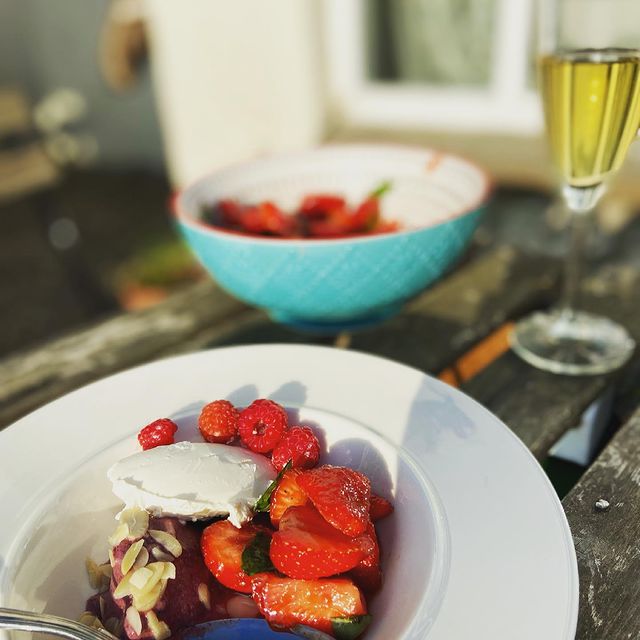
@traceysfarmhousekitchen
The mighty spud
It may come as no surprise that in Northern Ireland potatoes are a favorite local staple all year long. Tracey has a particular spring favorite, the Comber Earlies. These small potatoes are so tasty on their own. All Tracey says you need to do is “wipe the soil off and steam with a little bit of salt with scallion or spring onions.” Sounds delicious to me, Tracey. We hope to see you at Tracey’s Farmhouse soon.
Where will your Britain and Ireland travels take you?
Subscribe to Our Newsletter
Receive curated news, special offers and travel inspiration straight to your inbox.
Please note that the information you provide will be used solely for the purpose of this request.
Categories
Tags
Africa
Asia
Australia
Canada
Croatia
Cuisine
Destinations
Egypt
England
Europe
Exceptional Dining
Fine Dining
Food
France
History
Imperial Rajasthan
India
Ireland
Italy
Japan
Luxury
Luxury Gold
Luxury Hotels
Luxury Travel
Make Travel Matter
New Zealand
Peru
Portugal
Safari
Scotland
South Africa
Spain
Sustainability
Sustainable Tourism
Sustainable Travel
Switzerland
Travel
Travel Concierge
Travel Tips
Travel Trends
TreadRight
USA
Venice
Vietnam
Wildlife



